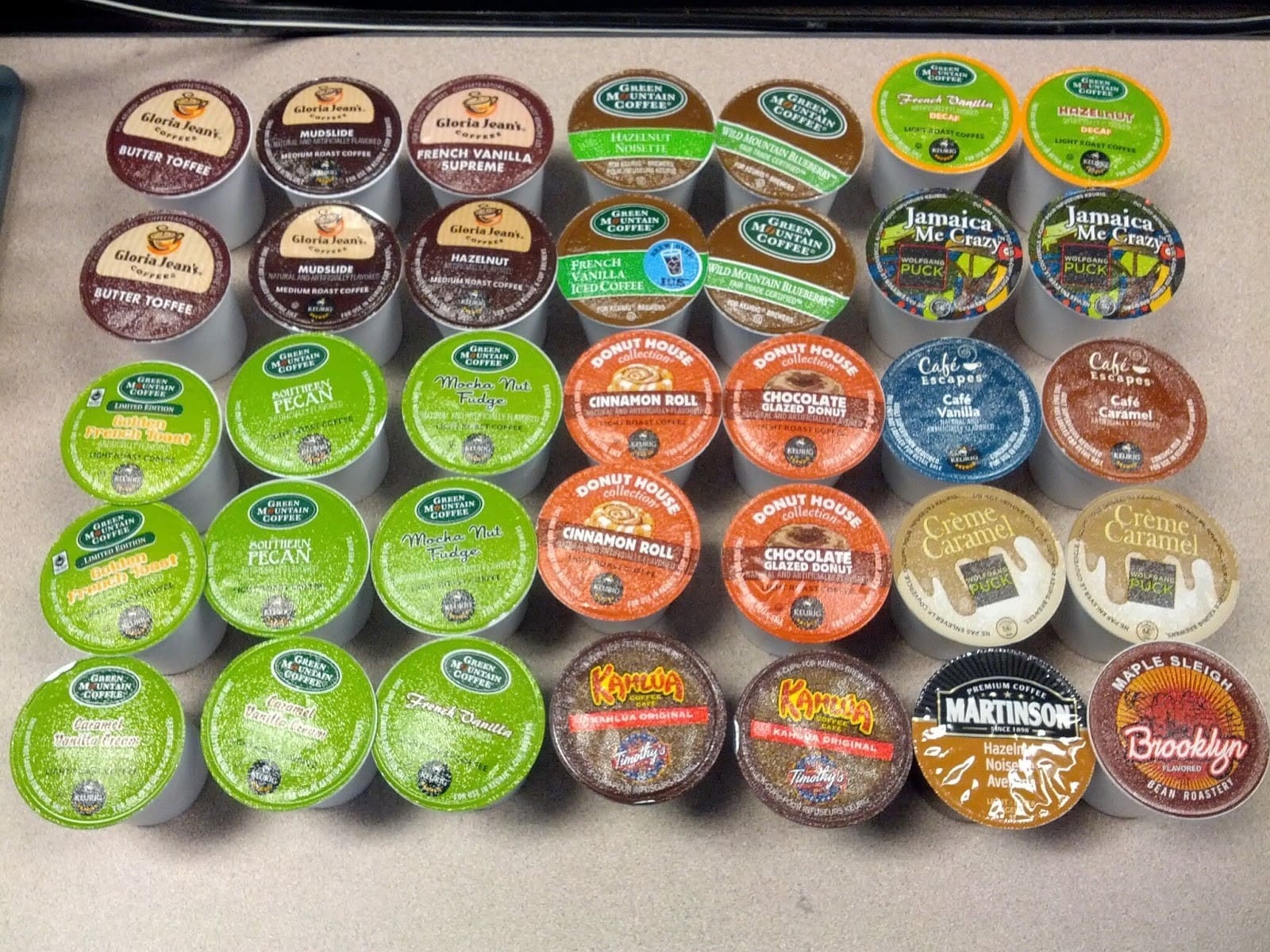

Biodegradable K Cups For A Guilt-Free Cup of Coffee
Keurig Coffee has been a household name since it was released in 1992. It was the convenience of the coffee machine that enticed people. It didn’t take long before 25% of American households owned the coffee machine. The Keurig company is now part of the seventh-largest food and beverage company in the United States. But there’s one person that isn’t fond of the non-biodegradable K-cups, and that’s the inventor John Sylvan.
So why did he sell his shares to the multi-billion dollar company? What could he see that other people couldn’t?
The Problem With K-Cups
Let me explain: Let’s start with the most significant problem; they aren’t biodegradable, and because of this, they are contributing to the trash problem. Think of it this way:
Ten billion K-cups are manufactured each year, and all that trash has to go somewhere. Which is usually your local landfill or the incinerating unit. And neither of these options are any good for the environment.
A few years ago, I can remember reading an article stating the amount of K-cup trash could reach around the world ten times over. This is astonishing, but what’s worse is the damage it can do to the environment.

K-cups are made with a mixture of plastic and aluminum foil to store the coffee grounds. Neither of these materials is known to biodegrade, which is a tragedy for our landfill systems.
Recycling Issues
Wait, it gets worse: K-cups are also very hard to recycle, and here’s why. The coffee pods need splitting down and separating, which is no easy task and usually requires a unique tool. Once split down, the coffee grounds need to be separated from the packaging.
And the difficulties don’t stop there. Next, you’ll have to check you’re recycling center accepts the #5 plastic. Many recycling centers don’t recognize this grade of plastic due to the cost of the recycling process.
That’s not the only problem with plastic; it’s known to carry harmful toxins within. When the coffee and water are heated, these chemicals can be extracted from plastic into your beverage.
The chemicals have been known to cause hormonal illness and, in some cases, infertility.
Hopefully, I haven’t scared you away from coffee too much. And if I have, don’t worry, I have a few solutions up my sleeve.
The Solution To K-Cups
So, I’m sure by now you can understand the sustainability issues with K-Cups. But as I said, there are some solutions you can take to help our planet. Don’t worry; you don’t have to give up your morning cuppa just yet:
Reusable K-Cups
If you still want to use your Keurig coffee machine, this might well be the eco-friendly version. Reusable K-cups stop the need for rawer materials to be ripped out of the ground or chemically produced.
The more we reuse, the less waste we create for the planet. There’s plenty of reusable brands out there like Keurig My K-Cup Universal or DI ORO MaxBrew. Of course, before you purchase one, I suggest you check out its compatibility.
French Press
It’s the most traditional way of brewing coffee I have for you, but it’s still one of the best for a few reasons. To start with, it’s reusable, which means you create no un-biodegradable waste, you also don’t have to use new raw products for each coffee.
Yes, it takes a little bit more time and effort, but they brew a beautiful coffee. You get plenty of size options, from single-cup brews to 12 cups.
Biodegradable K-Cups
This is another option for people who still want to continue using their coffee machines but not have a guilty conscience afterward. You have plenty of reliable biodegradable K-cups manufacturers out there.
The beauty of switching to biodegradable coffee pods is that they leave behind no traces and can be composted. This takes a tremendous strain off our landfill systems, and the best bit is, that they leave behind rich nutrients for your plants.
What To Look For In A Biodegradable K Cup
Before you start buying any old biodegradable K-cup, there are a few important things to note. As with any biodegradable product, there are always impostors out there. So this is what you should look out for:
Materials Used – You need to check the contents are 100% compostable. Some companies will use plastic linings to waterproof the paper.
Chemicals Used – To make the paper look white, some companies will bleach the wood to give it a pristine finish. These chemicals are not suitable for the environment and can cause serious harm to the ecosystem.
Recommended K Cup Companies
If you haven’t got time to search for biodegradable k-cups, it’s okay, I’ve got you covered. Here are a couple of brands you can rely on:


Camerons Coffee
The Kona blend of coffee provides a vibrant blend of flavors that anyone can enjoy. They use a real coffee filter that is certified to be compostable. They’re compatible with several Keurig machines and deliver impressive coffee with each pod.
Organic Coffee Co.
Organic Coffee Co. comes with a whole range of tantalizing flavors for you to get stuck into. They’re made with 100% compostable materials to ensure they don’t harm the environment and make it better; the coffee is organically sourced. This means no harsh pesticides are entering your body.
Final Thoughts
I hope this article has helped you wrap your head around the damage that K-cups have on the planet. But I want you to take a few things away with you. Firstly, we need to stop using single-use products if we have any chance to solve the trash crisis.
To do this, we need to start using more sustainable methods of making our coffee, like a French press or biodegradable coffee pod. If we all do our little bit, then the human race might still have a future.



